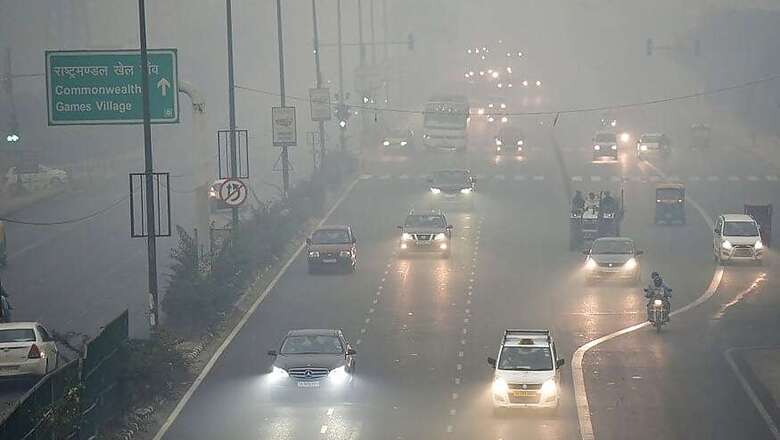
views
New Delhi: Delhi’s air quality has been rated “very poor” on a scale compiled by the government. And this is before the stubble burning in farms in Punjab and Haryana and Diwali, both of which will significantly worsen the air quality.
Delhi’s overall air quality stands at around 320 on the SAFAR (System of Air Quality and Weather Forecasting and Research) scale. The scale runs from 1 (Good) to 500 (Severe). And the forecast for the next two days is not good. Air pollution is set to get worse: PM10 (micrograms per cubic metre) is set to increase from 196 on Monday to 201 on Tuesday before reducing slightly to 204 after 3 days. PM2.5 (µg/m3) is set to increase from 120 to 125 in the same period.
Out of four cities measured Delhi has by far the worst air. The other cities are Mumbai (Good), Pune (good) and Ahmedabad (Moderate).
“As of today there is no indication that smoke from stubble burning from Punjab and Haryana is happening,” Dr. Gufran Beig, Project Director, SAFAR told News18. Dr. Beig added that in the near future it could not be discounted that this will make air pollution in Delhi worse.
Stubble burning has just started in the grain bowl of India. Every year around October farmers in Punjab and Haryana start burning the agricultural stubble left over from the Kharif harvest. This is a cheaper alternative to clearing the fields in preparation for the winter crop than to employ labour and farm equipment.
However, the smoke from the millions of tones of agricultural waste significantly adds to the air pollution in cities that lie downwind, like Delhi. Add the smoke from crackers during Diwali and you have the recipe for one of the worst air qualities in the world.
The thick smog that hung over Delhi last year during Diwali has been described as worse than the great smog of 1952 in London.
The reason for the bad air quality in Delhi is the dipping of the minimum temperature, with the transition from autumn to winter. The cold air traps the pollutants closer to the ground because they cannot escape to the upper atmosphere.
This year the courts have taken cognizance. The Supreme Court today banned the sale of firecrackers in Delhi and the National Capital Region with immediate effect, saying its September 12 order temporarily permitting sale of firecrackers would be effective from November 1.
A two-judge Bench of the Supreme Court headed by Justice AK Sikri said it wanted to test the effect of the ban on the national capital’s notoriously toxic air in view of the upcoming Diwali. "We should see at least in one Diwali the impact of a cracker-free festivity," the bench said.
Diwali is on October 19 and the order effectively means that no firecrackers will be available for purchase before the festival.
There are six air quality categories: good + satisfactory, moderately polluted, poor, very poor, severe. Each of these categories is based on the concentration of eight air pollutants (PM10, PM2.5, nitrogen dioxide, sulphur dioxide, carbon monoxide, ozone, ammonia, and lead).











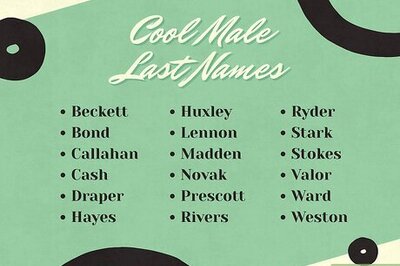
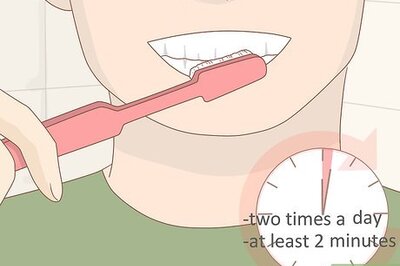

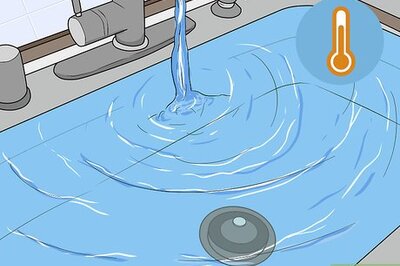
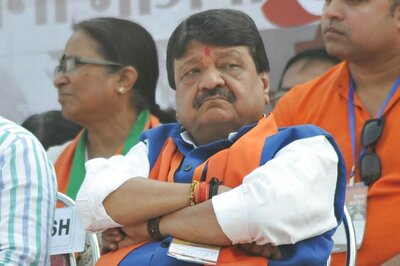

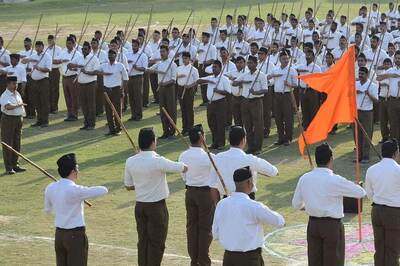
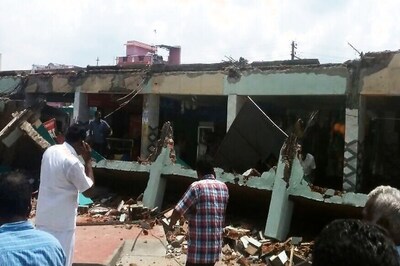

Comments
0 comment